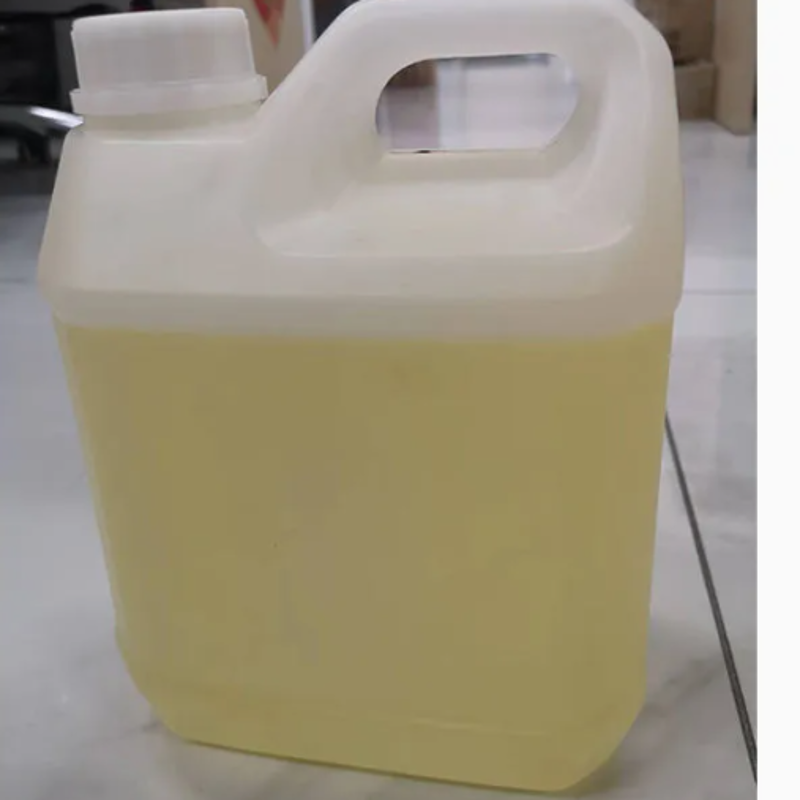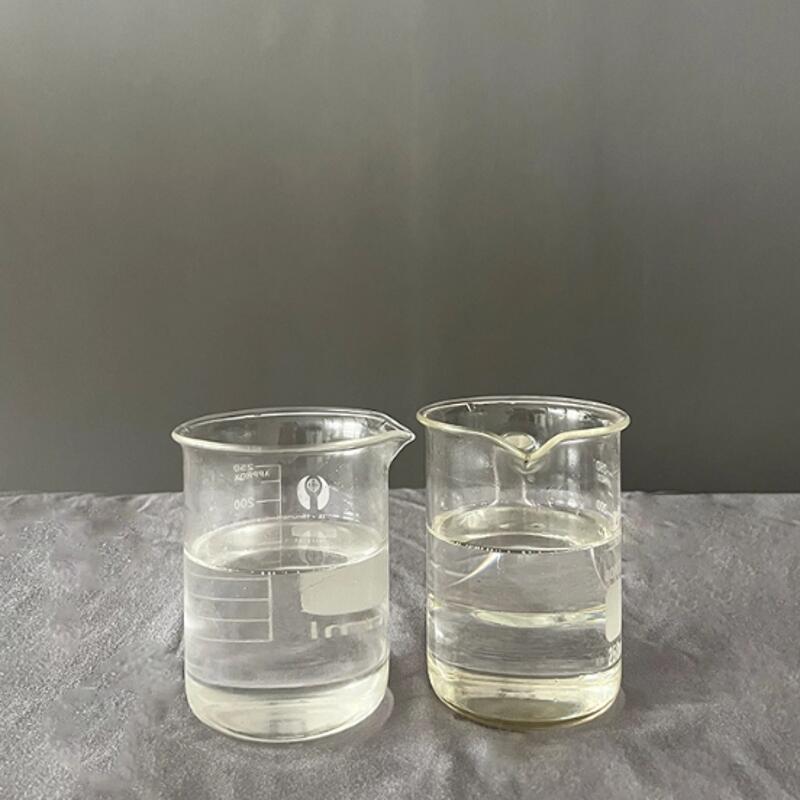-
Categories
-
Pharmaceutical Intermediates
-
Active Pharmaceutical Ingredients
-
Food Additives
- Industrial Coatings
- Agrochemicals
- Dyes and Pigments
- Surfactant
- Flavors and Fragrances
- Chemical Reagents
- Catalyst and Auxiliary
- Natural Products
- Inorganic Chemistry
-
Organic Chemistry
-
Biochemical Engineering
- Analytical Chemistry
-
Cosmetic Ingredient
- Water Treatment Chemical
-
Pharmaceutical Intermediates
Promotion
ECHEMI Mall
Wholesale
Weekly Price
Exhibition
News
-
Trade Service
Ethylene chain involves products: ethylene, alpha-olefin, butadiene, ethylene glycol, ethylene oxide, vinyl chloride, ethylbenzene, styrene, C4C5
US Biorefinery Selects Hummingbird® Ethanol-to-Ethylene Catalyst
US Biorefinery Selects Hummingbird® Ethanol-to-Ethylene Catalyst■French Technib Energy and US LanzaJet have reached a supply agreement, the former will supply Hummingbird® ethanol-to-ethylene catalyst for the latter's integrated biorefinery at its first commercial demonstration unit in Georgia, US
.
■ This proprietary catalyst is the second-generation low-cost catalyst for ethanol dehydration to produce ethylene.
The raw material can be bio-ethanol, and at lower temperature and higher pressure, it can produce polymer-grade ethylene with a selectivity of over 99%
.
■ The application of this catalyst is expected to help scale and strategically grow LanzaJet's business to meet the aviation industry's need for sustainable fuels
.
■ In 2019, the Hummingbird catalyst was used for the first time in a unit at LanzaTech, the parent company of LanzaJet
.
( 2021-05-12)
Japanese company plans to cooperate with Nestlé to produce renewable ethylene/propylene
Japanese company plans to cooperate with Nestlé to produce renewable ethylene/propylene■ Japan's Mitsui Chemicals, Toyota and Switzerland's Nestle announced that they will cooperate to realize the first industrial-scale production of renewable plastics and chemicals made from 100% bio-based hydrocarbons in Japan
.
■ Mitsui Chemicals will replace some of its fossil feedstocks with Nestlé RE feedstocks (100% bio-based hydrocarbons produced by Nestlé) during 2021 for the production of various plastics and chemicals at the cracker at the Osaka Plant
.
■ Mitsui will produce renewable ethylene, propylene, C4 fractions and benzene, etc.
, and process them into basic chemicals such as phenol or plastics such as polyethylene and polypropylene
.
■ Mitsui and Toyota plan to apply for International Sustainability and Carbon Certification (ISCC Plus) for such bio-based products
.
■ As part of the collaboration, Nestlé will produce its bulk chemicals entirely from renewable raw materials (eg bio-based waste and residual oil), without using any fossil raw materials such as petroleum, naphtha,
etc.
■ Through this cooperation, Mitsui Chemicals is expected to achieve carbon neutrality and a circular economy by 2050
.
Dow Advances Ethane Dehydrogenation and Electrocracking Technology
Dow Advances Ethane Dehydrogenation and Electrocracking Technology■ Dow Chemical is advancing ethane dehydrogenation (EDH) and electric cracking (e-cracking) technologies to reduce carbon emissions from existing crackers and is expected to achieve zero emissions in the future
.
Ethane Dehydrogenation (EDH) Technology
Ethane Dehydrogenation (EDH) Technology■ Dow will use its proprietary technology to develop EDH, while also evaluating several potential technology suppliers, including Eco catalytic technology
.
■ Dow's EDH technology is based on its UNIFINITY Fluid Catalytic Dehydrogenation (FCDh) technology
.
A mixed-feed cracker in Plaquemine, Louisiana, will use FCDh technology, which can produce 100,000 tons/year of proprietary propylene after the technical upgrade
.
The project is expected to start construction in 2021 and start production in 2022
.
■ In 2022, Dow will continue to carry out ethylene and propylene technology research
.
Its ultimate goal is to achieve ethane to ethylene through EDH technology on the cracker
.
Electrocracking (e-cracking) technology
Electrocracking (e-cracking) technology■ In June 2020, Dow and Shell announced a joint development agreement to accelerate the development of new electrification technologies for ethylene steam crackers
.
■ Currently, steam crackers use fossil fuel combustion to heat the cracking furnace, producing a large amount of CO2
.
As the energy grid develops in the direction of renewable energy, the use of renewable electricity to heat steam cracking furnaces may become one of the main ways for the chemical industry to reduce carbon emissions
.
■ It is reported that if EDH and electrolysis technology are integrated, CO2 emissions can be reduced by 40% to 50%
.
■ Dow plans to achieve carbon neutrality goals by 2050 through the implementation of such technologies
.
Research progress of thermally stable macroporous aluminosilicate molecular sieves in Korea
Research progress of thermally stable macroporous aluminosilicate molecular sieves in Korea■ The research team of Pohang University of Science and Technology in South Korea prepared two kinds of 3D macroporous and thermally stable aluminum silicate molecular sieves PST-32 and PST-2 by using the synthesis strategy of "multiple inorganic cations" and "charge density mismatch"
.
Among them, PST-32 has an SBT framework structure, and PST-2 is a disordered material with an SBS/SBT symbiotic structure
.
PST-32 and PST-2 have a slightly higher silicon-alumina ratio (SAR), and their structures are similar to the Y-type zeolite's supercage and wide pore window, and exhibit excellent thermal stability during catalytic cracking
.
Related research results were published in "Science"
.
■ The researchers used Na+ and Cs+ as primary and secondary inorganic structure directing agents (ISDA), and N,N'-dimethyl-1,4-diazabicyclo[2.
2.
2]octane (Me2-DABCO ) as an organic structure directing agent (OSDA), PST-32 was synthesized by a variety of inorganic cationic methods, and a thermally stable aluminosilicate (Si/Al=4.
0) structure of UCSB-10 (SBT) was obtained
.
Meanwhile, PST-2 was synthesized using tetraethylammonium (TEA+) as the charge density mismatched OSDA and Cs+ as the crystalline ISDA with a narrow crystallization field at 100 °C
.
■ The researchers further investigated the catalytic activity and stability of two kinds of large-pore molecular sieves in the reaction of diesel hydrocarbon cracking to light olefins at a high temperature of 600 °C, and compared them with classical molecular sieves H-β (Si/Al=12.
5) and Comparison of diesel cracking catalytic performance of commercial zeolite H-USY
.
■ The results show that under the condition of diesel cracking conversion rate of 37% to 45%, PST-32 has the best yield of light olefins (ethylene and propylene), up to 21%; the yield of light olefins on PST-2 is 18%, significantly higher than H-USY and H-β molecular sieves (both 13%)
.
■ In addition, unlike H-USY, PST-32 and PST-2 did not significantly decrease the yield of light olefins even if they ran for 100 minutes under the high space velocity catalytic reaction of 48h-1, indicating better catalytic stability
.
These results indicate that PST-32 and PST-2 will have application potential in the field of catalytic cracking
.
Japan develops technology to produce butadiene from biomass
Japan develops technology to produce butadiene from biomass■ Japan's Zeon Co.
, Ltd.
(ZEON), the Institute of Physics and Chemistry, and Yokohama Rubber Co.
, Ltd.
have successfully developed the technology for producing butadiene from biomass by adopting new artificial metabolic pathways and biological enzymes
.
The research results were published in Nature Communications
.
■ In contrast to traditional metabolic pathways, this technology uses microorganisms to synthesize muconic acid (an unsaturated dicarboxylic acid), an intermediate in butadiene production
.
This technology reduces the cost of butadiene fermentation production by using lower cost intermediates and combining with biocatalysts
.
At the same time, the research team successfully prepared polybutadiene rubber using bio-based butadiene as raw material
.
■ This technology efficiently produces butadiene from biomass (biological resources), which is expected to reduce dependence on petroleum, while reducing CO2 emissions
.
Lummus partners with Synthos to develop bio-based butadiene technology
Lummus partners with Synthos to develop bio-based butadiene technology■ American Lumms Company and Poland's Synthos Company intend to cooperate to develop bio-ethanol-to-bio-based butadiene technology, aiming to commercialize Synthos butadiene technology to produce high value-added and sustainable bio-based rubber
.
■ The first step of the project is to conduct a feasibility study for a 20,000 t/y bio-based butadiene plant, which is the basis for investment decisions; the second is to develop the sustainability of the Synthos product portfolio, aiming to use bio-based butadiene as Monomer-based bio-rubber, enabling industry decarbonization and recyclability
.







